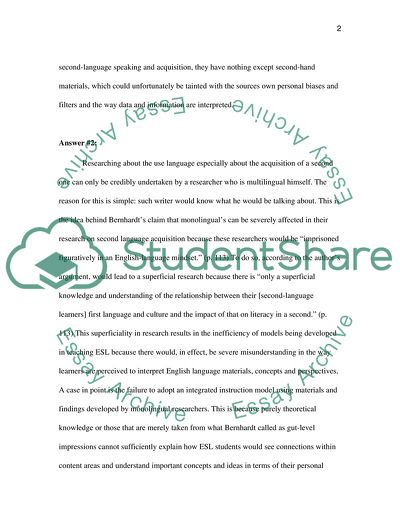Cite this document
(Bilingual Education Assignment Example | Topics and Well Written Essays - 1500 words - 1, n.d.)
Bilingual Education Assignment Example | Topics and Well Written Essays - 1500 words - 1. https://studentshare.org/education/1749166-bilingualesl-education
Bilingual Education Assignment Example | Topics and Well Written Essays - 1500 words - 1. https://studentshare.org/education/1749166-bilingualesl-education
(Bilingual Education Assignment Example | Topics and Well Written Essays - 1500 Words - 1)
Bilingual Education Assignment Example | Topics and Well Written Essays - 1500 Words - 1. https://studentshare.org/education/1749166-bilingualesl-education.
Bilingual Education Assignment Example | Topics and Well Written Essays - 1500 Words - 1. https://studentshare.org/education/1749166-bilingualesl-education.
“Bilingual Education Assignment Example | Topics and Well Written Essays - 1500 Words - 1”. https://studentshare.org/education/1749166-bilingualesl-education.


